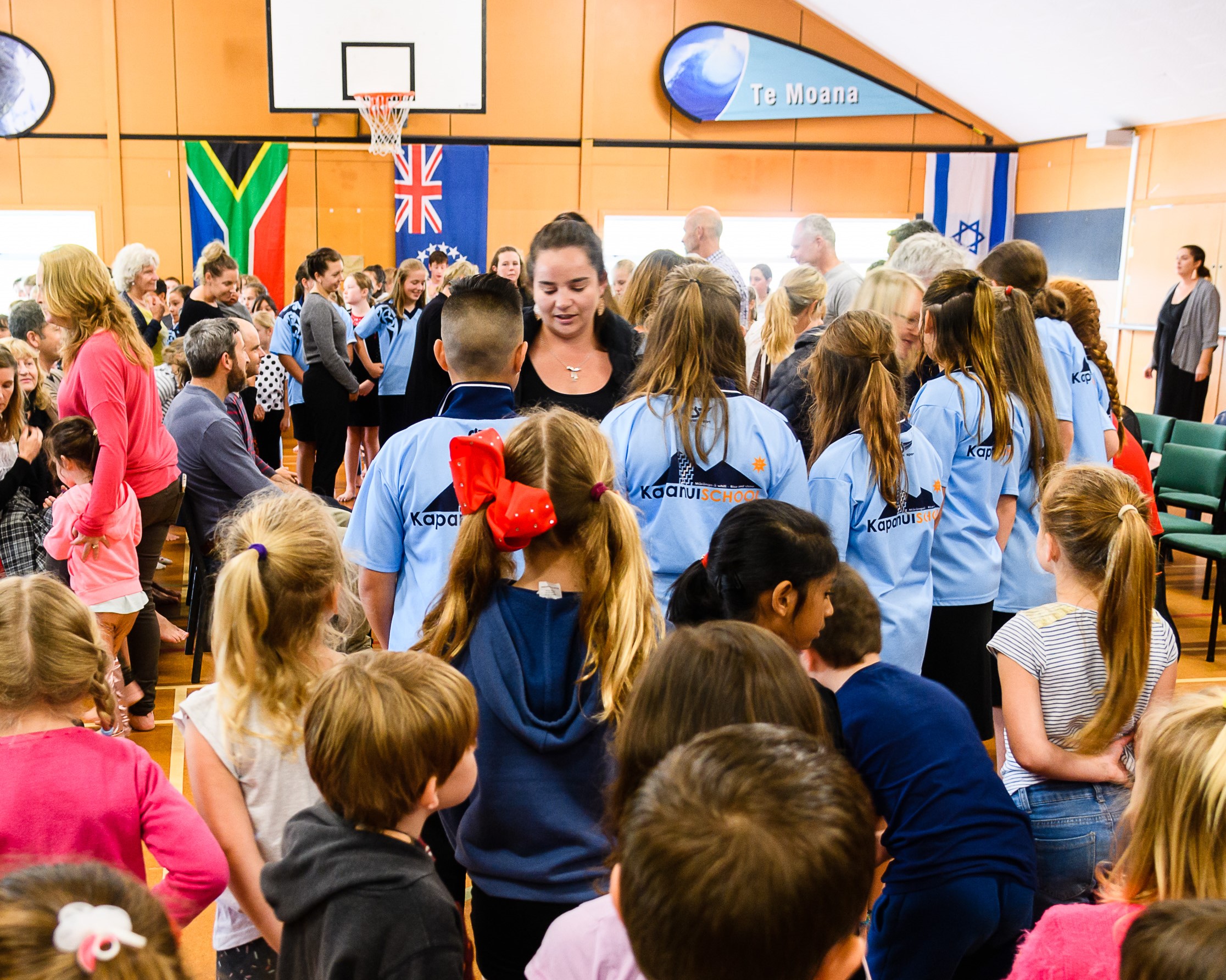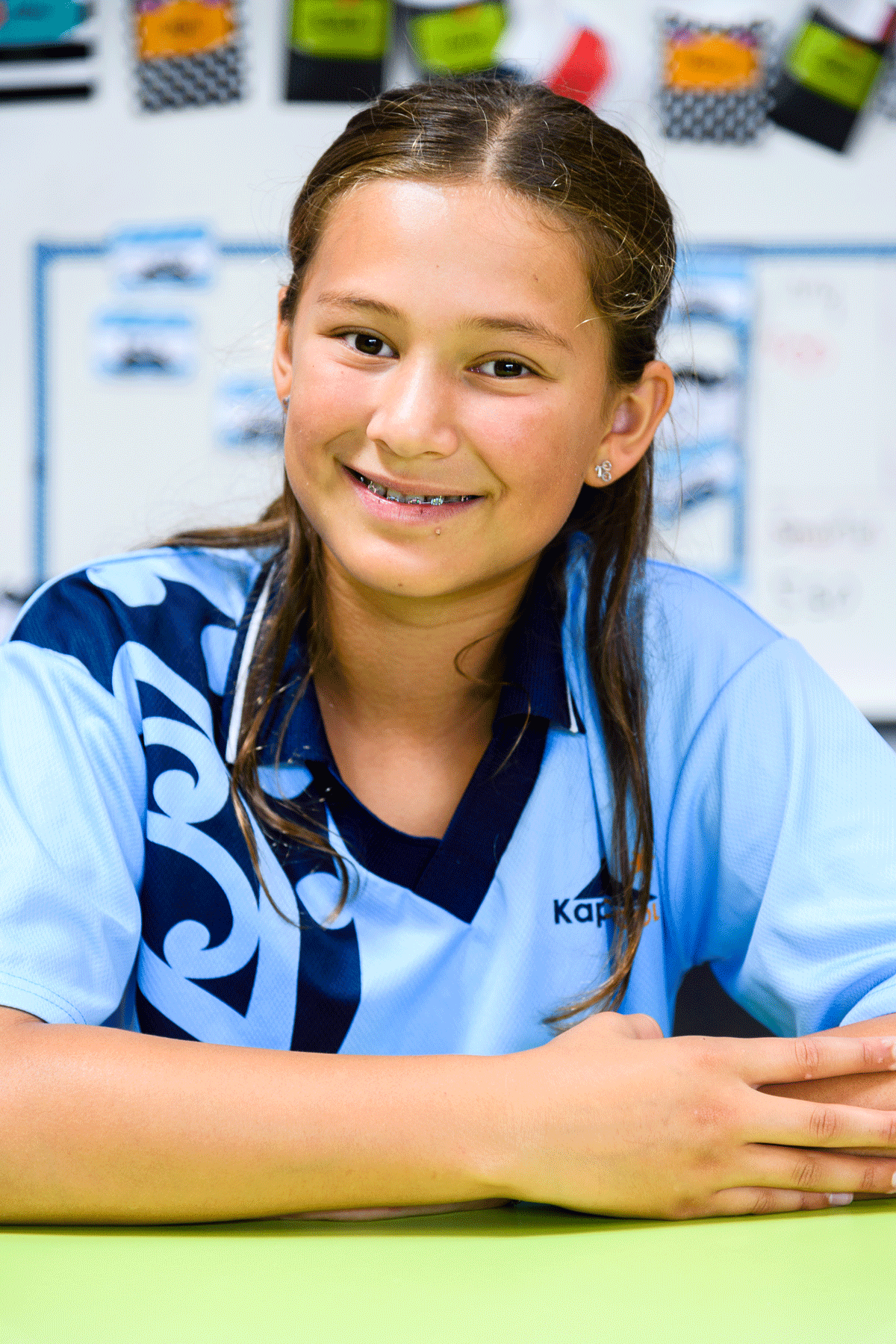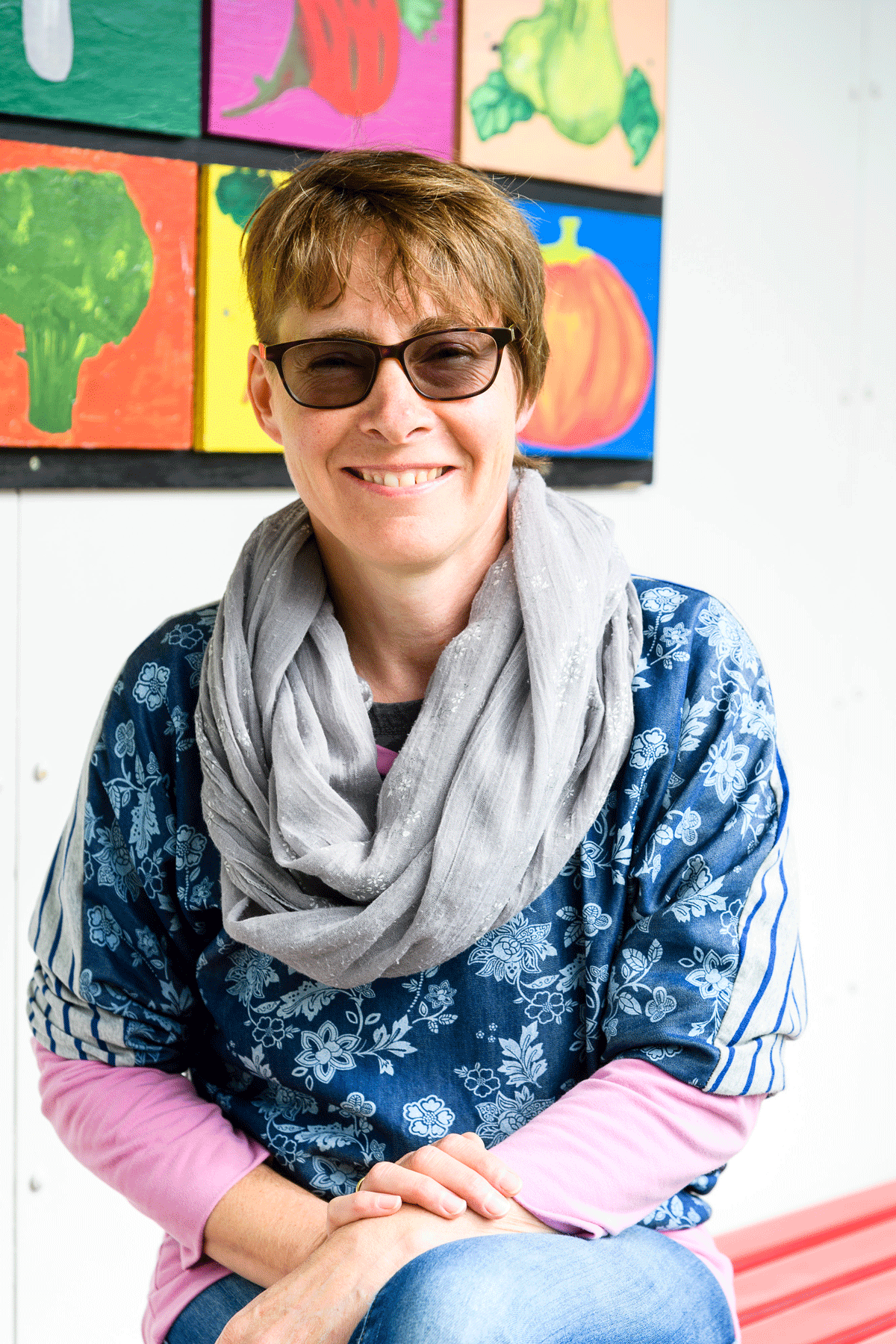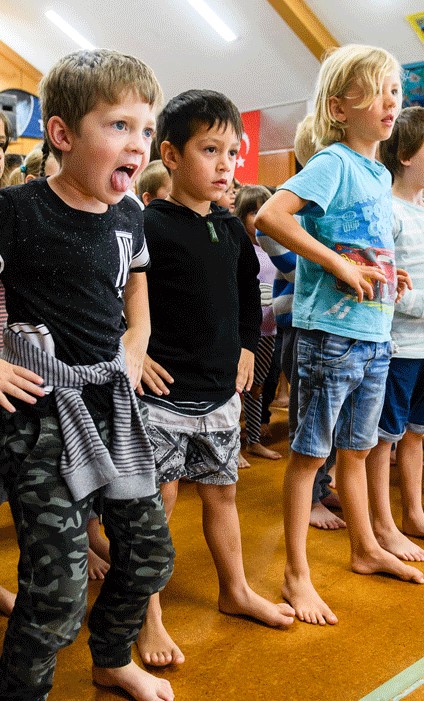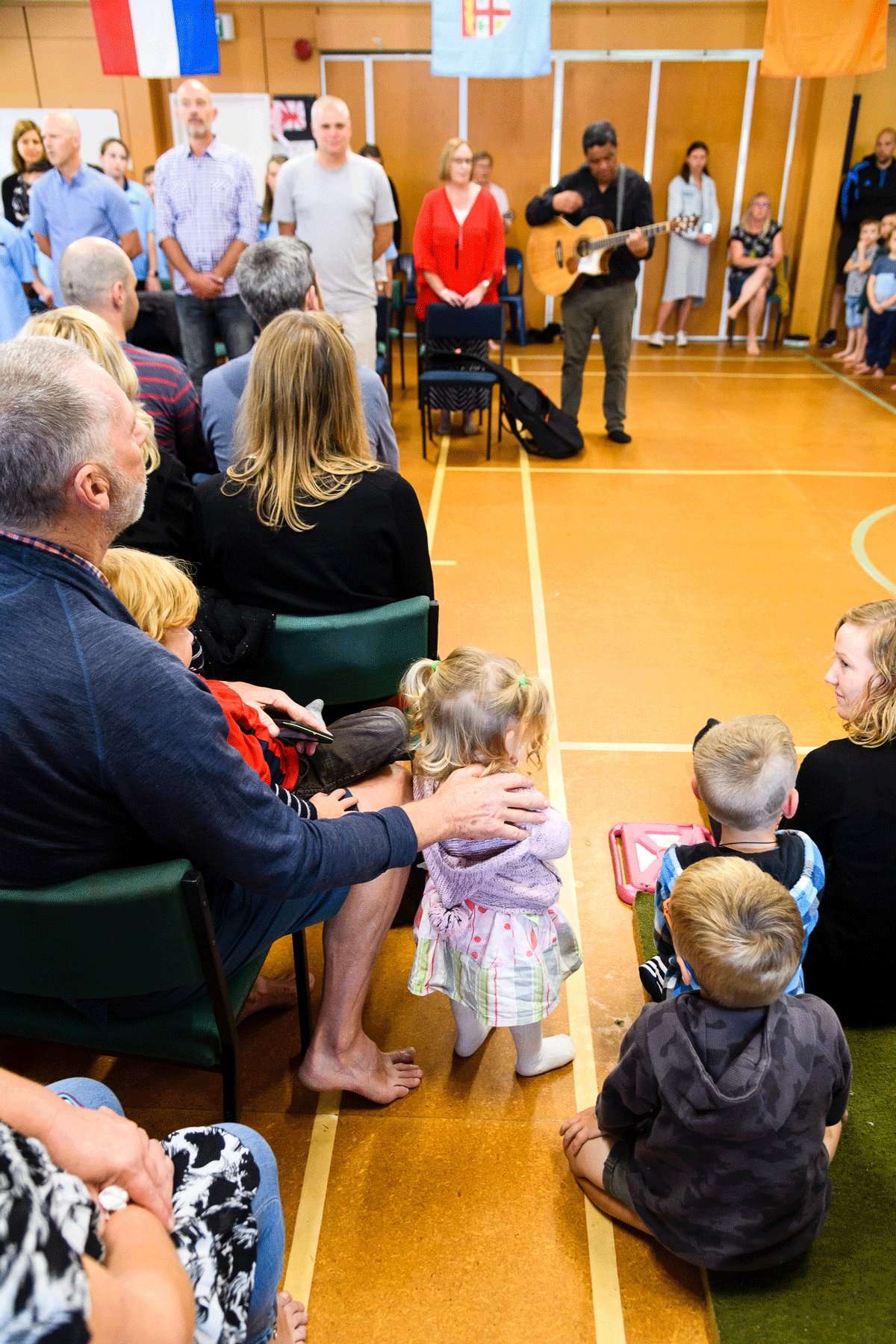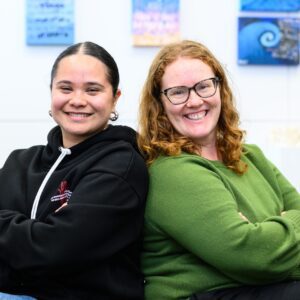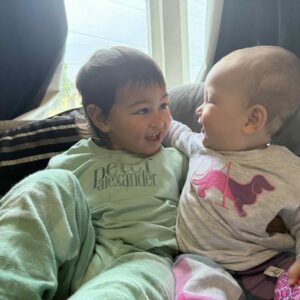Several years ago, Kapapapanui School’s then-principal Des Hedley decided that, in line with the school’s Ka Hikitia policy of encouraging “Māori success as Māori”, he would employ a teacher who could not only teach te reo and tikanga, but also kapa haka. And the whole school, staff and students, would be involved.
“I always saw kapa haka as a super educational opportunity,” says Hedley. “We know from research that children involved in music are academically more successful. It also has the physical aspects, [like] brain gym, with the cross movements. On those levels, it’s a tool for brain development and memory – it’s a super learning tool!
“[Kapa haka] builds confidence, gives them a sense of value. But alongside that, it’s integrating into the whole school a ‘te ao Māori’ view of things, plus tikanga Māori. For me, I saw that it was for everybody, not just for Māori students, and that’s why we put it in place for everybody to take part. But it was particularly important for us that our Māori students were successful academically and socially, and visible and proud as Māori.”
“I saw that it was for everybody, not just for Māori students … But it was particularly important for us that our Māori students were successful academically and socially, and visible and proud as Māori.”
Des Hedley
The teacher Hedley hired was Rangi Halbert (Ngāti Rongowhakaata, Ngāti Kahungunu), who is now in his seventh year at the school as kaiārahi te reo. His work has been exceptionally successful. He is at Kapapapanui School one day a week, and further days at three other local schools.
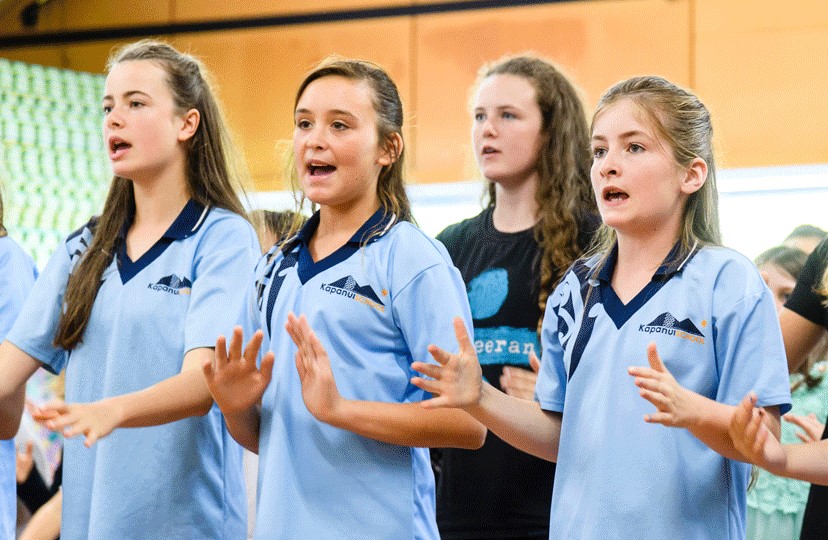
Students from Year 3 onwards can join the kapa haka performance group, but Years 1 and 2 also get introductory instruction. Halbert says the three main tikanga he practices and teaches in his work in schools are whakawhanaungatanga (building a sense of belonging within the school), rangatiratanga (self-respect) and manaakitanga (sharing your strengths with others). “After that, there are three words: ‘kia kaha, kia maia, kia manawanui’ – be strong, have courage and pursue your future with heart.”
But Halbert has not been working alone – he emphasises the importance of staff teamwork in building support for kapa haka, te reo and tikanga within the school. “The staff are really the backbone here at Kapapapanui School,” he says, “so we needed to become a whānau. We needed to show leadership within our own little rōpū here, to encourage each other. Then the teachers could go back and express that [sense of ] whānau with the tamariki.” A Māori leadership team works closely with Halbert, sharing their knowledge with each of the four syndicates in the school.
“The staff are really the backbone here at Kapapapanui School – we needed to become a whānau so the teachers could go back and express that [sense of] whānau with the tamariki.”
Rangi Halbert
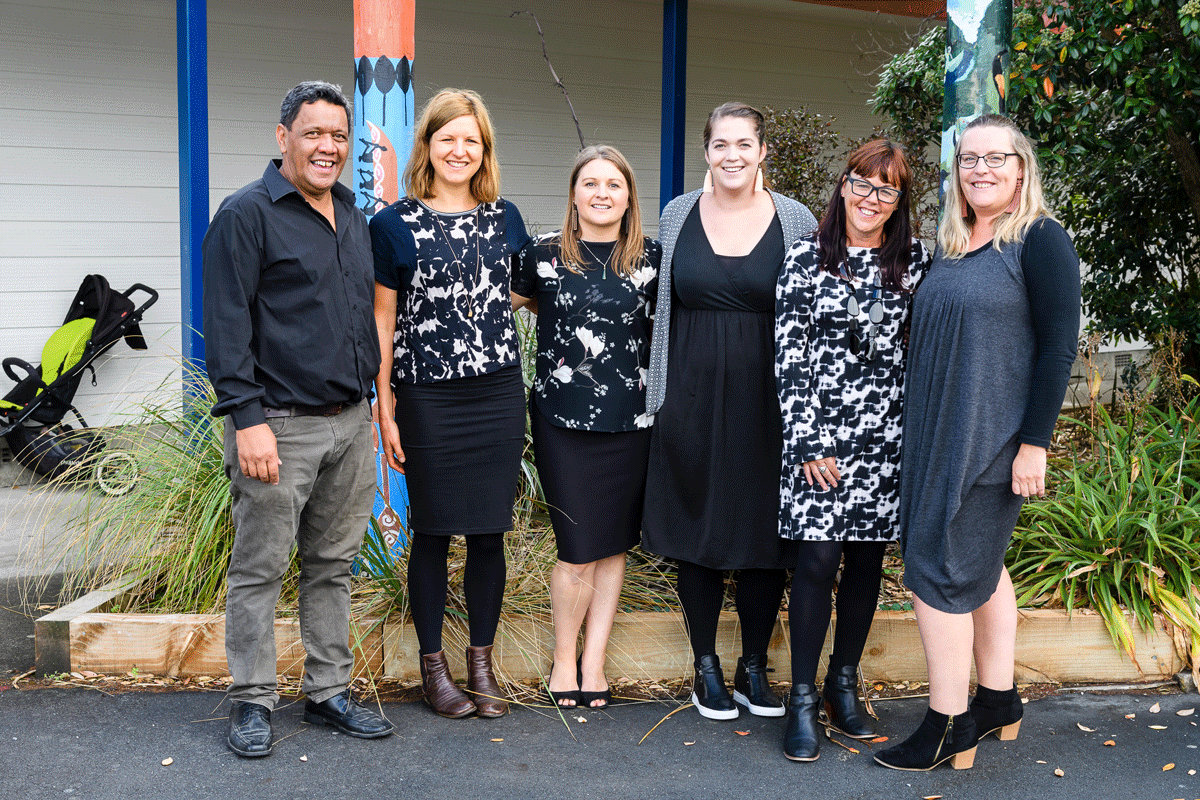
The Board of Trustees has also been important. Departing board chair, Charles Norwood, says, “Kapa haka and te reo have been something that the board members talk about in each meeting. It’s very important to us – we want it to be even more all-encompassing.”
Current principal Craig Vidulich started at the school in Term 4, 2018, and has been impressed by the school’s deep commitment to “support, value, grow and develop te reo Māori and tikanga Māori,” he says.

Kapa haka has been a way of building community within the school, as whānau have become involved in various ways, including making, sewing or fixing costumes, fundraising and providing transport to festivals, like the annual Takiri o te Ata Kapa Haka on the Kāpiti Coast. Hedley explains, “If you take a large group of students as we have – sometimes 100 or more – and you have to dress them, get them organised, transport them, look after them, then you need your community to be on board.” Whānau even learn the waiata and actions.
Vidulich says it is clear how much kapa haka has strengthened the school community. “I hear and see our tamariki practice and perform their whaikōrero, karanga, haka and waiata – and can feel their passion, which is awesome. This is an integral part of the Kapapapanui School culture, and is supported by whānau,” he says. “New parents tell me how much they love attending our pōwhiri and that they feel as though they ‘belong’ at the school.”

Parent Kiriana Papara has two children currently at the school and an older son who finished last year. “The school’s been very welcoming at letting whānau be involved in everything, which is really cool,” she says. “And the little ones as well – they’ve come along and watched it all and they love it. The haka is always exciting!”
Papara says her oldest son, Iraia, grew in confidence and developed his leadership ability through his roles in kapa haka at Kapapapanui School. “It definitely helps to take on leadership roles. He’s an outgoing boy naturally, he would lead the haka – and then outside of kapa haka, he’s a leader within his sports groups. In things that he’s interested in, he’s naturally a leader, which is awesome.”
Twelve-year-old student leader Anna Woodman-Aldridge is following in her family’s footsteps in her role as kaikaranga. “My sister and my dad did kapa haka,” she explains. “Even my grandma comes along sometimes. My family
help me learn the words, put my hair up and put the earrings on.”
Her father, Peter Woodman-Aldridge (Ngāti Porou, Ngai Tahu) was on the Board of Trustees and was active in bringing te ao Māori into the school. He passed away in 2016, but would have been very proud of her, says Halbert.
“I’m so much better at it now,” says Woodman-Aldridge. “Rangi just believed in me, and I became really good.”
Supporting the kapa haka group has also been a way for Pākehā families and those from other countries to learn about Māori language, tikanga and culture.
Supporting the kapa haka group has also been a way for Pākehā families and those from other countries to learn about Māori language, tikanga and culture.

Student leader, Anna Woodman-Aldridge. 
Parent, Simone Burkhalter.
“Coming from Switzerland, we have four different national languages, so learning English and [te reo Māori] here is quite important,” says Simone Burkhalter, who has a son, Sean, in Year 5. “Sean started last year in an active performance group – he had some stage fright at first, but the more confident he gets, the more he enjoys it.”
Every second Wednesday, sessions are held to teach parents waiata and haka, as well as giving insights into pronunciation and meaning of te reo, so they can better support their tamariki. And once a term there is a Whānau Hui, when whānau are invited into the school for shared kai and to socialise with each other and staff. The evenings build whānau engagement and give staff a chance to informally discuss plans and ideas.
Building strength in kapa haka has also helped the school strengthen links with the wider community, which was a goal set by the board many years ago. “Staff member, teacher Sue Lemmon (Te Atiawa) helped us do that,” explains Hedley. “Not just for kapa haka but for tikanga and carrying that within the school – there has been a positive flow-on to the school.”
Lemmon is a member of the team leading success for Māori, and says she knew little about her Māori culture and whakapapa growing up. Her involvement with Kapapapanui School, as a teacher and with her children attending, means she has learnt alongside the children. And it has spread to other generations, too. “My mum went to the marae for Parihaka Day and was hugely proud when my daughter spoke,” Lemmon says. “For me, that’s what it’s about. You can get back what was lost, through your grandchildren.”
Thanks to Lemmon, Te Atiawa kaumatua have visited the school several times, and the school has also visited the local marae, Whakarongotai. After one visit, they gifted us the pepeha that we use within the school, and so that was a valuable gift,” says Hedley. “And we also had the opportunity for some of our staff to go to marae committee meetings and consult.”
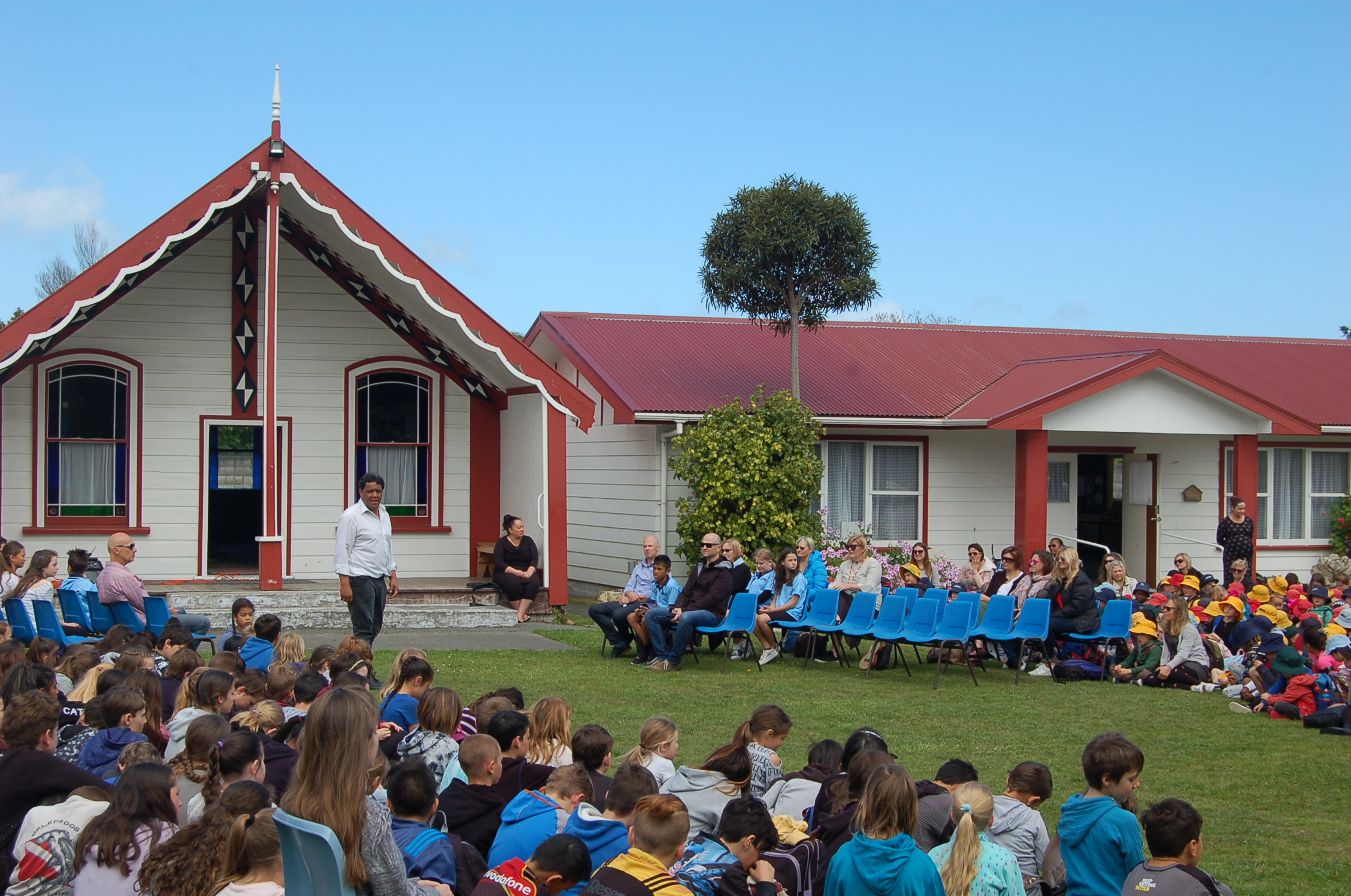
The local iwi have also invited Kapapapanui School’s kapa haka group to perform at various public events and the opening of new buildings. The group performs at Matariki celebrations at Mahara Place in central Waikanae. Reciprocally, aspects of Te Atiawa history and culture have been incorporated into the curriculum, like knowledge about the local mountains and waterways and the history of Parihaka, including the pacifist philosophy and leadership of Te Whiti and Tohu.
There has been next to no backlash about the school’s te ao Māori approach. “In my ten years at the school, I only ever had one parent come and see me about her children not taking part in kapa haka, on the basis that they didn’t like the noise and it was too fierce,” says Hedley.
“We talked about it, Rangi as well – we went through the words of the haka, what they were saying and what was happening, and the parent went away happy.”
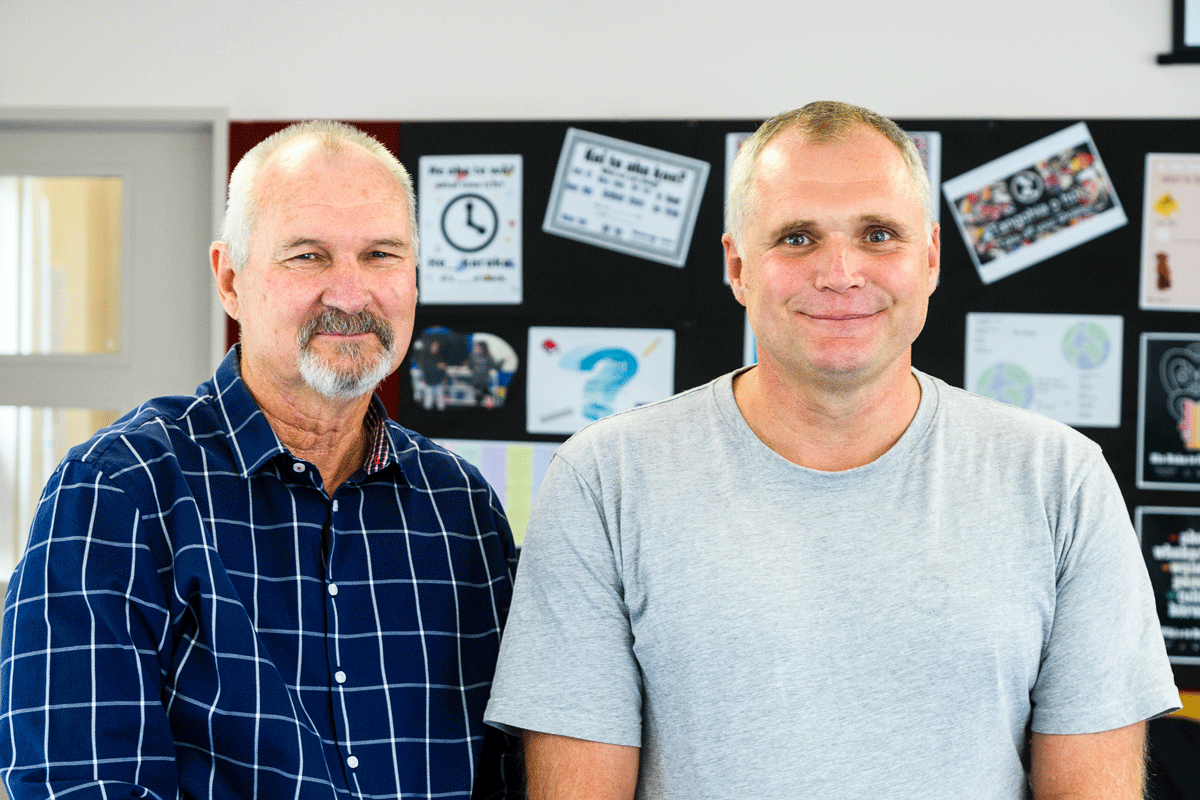
Survey data compiled by the school between 2013 and 2015 showed an improvement in Māori student and whānau engagement. When Māori Year 7 and 8 students were asked whether their family’s culture was treated with respect by teachers, there was a shift from 70% saying yes in 2014, to 100% saying yes the following year. There was also improved achievement right
across the curriculum.
Kapapapanui School’s practice of integrating te reo and a Māori perspective into each classroom is in line with the government’s policy ofe normalising te reo Māori in schools. To help achieve this, the government this year launched a programme called Te Ahu o Te Reo Māori, which has been allocated funding of $12 million over four years.
“A strong kapa haka group becomes a visual image of success in your school.”
Des Hedley
The school has used Tātaiako cultural competencies in job descriptions and appraisals, and supported teacher Sophie Cudby to spend a year learning te reo Māori at Te Wānanga o Raukawa in Ōtaki. “She’s come back to the school bringing some great new things with her,” says Norwood.
All of these achievements have a link to the school’s embracing of kapa haka. “A strong kapa haka group becomes a visual image of success in your school,” says Hedley. “It’s been very accepted, and it’s been a source of pride for the community.”
